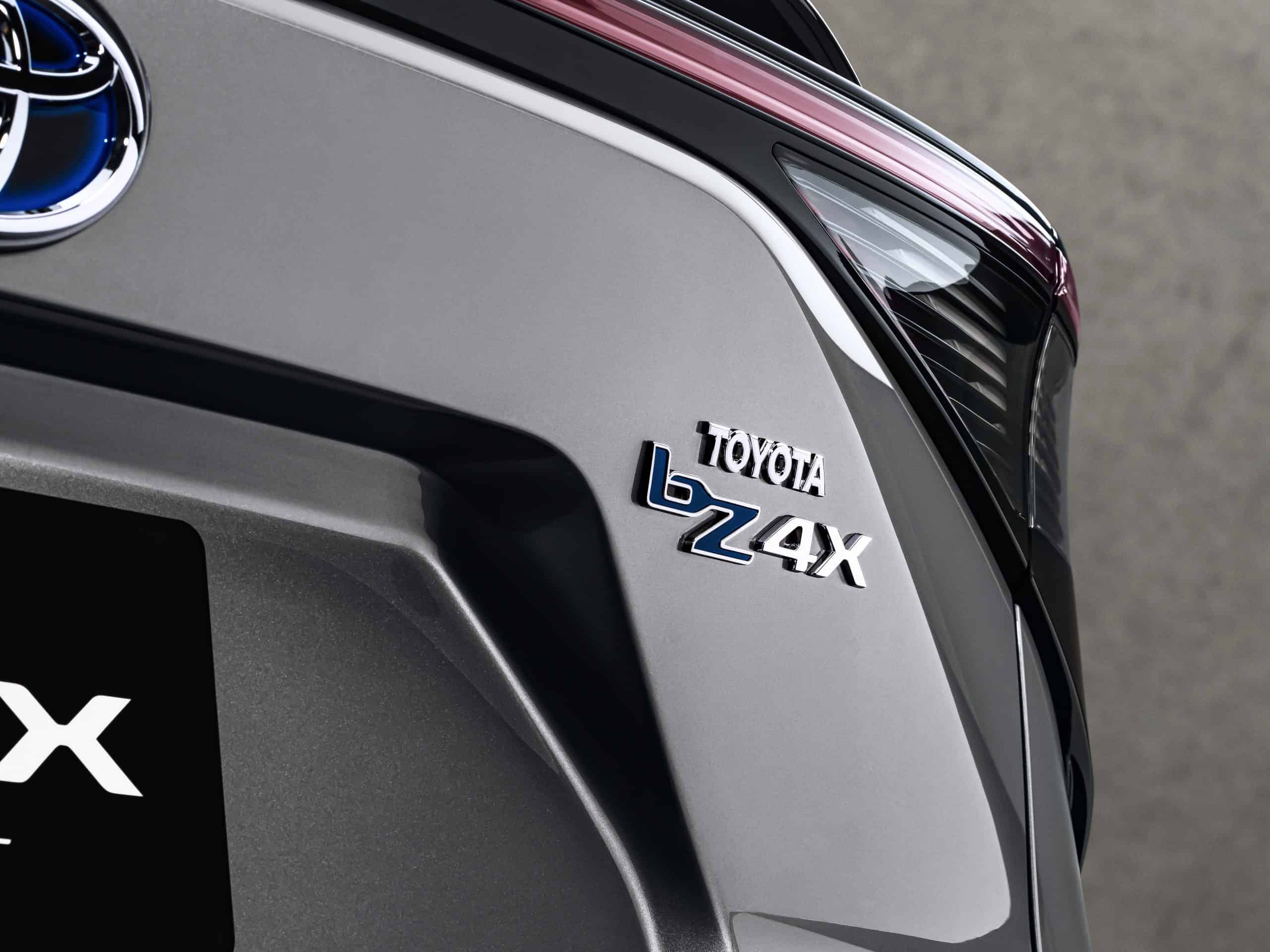

Toyota out of EV tax credits by October: the $7,500 federal tax credit that has made electric vehicles in the U.S. a little more affordable for the average consumer will no longer be available for the Japanese carmaker come October 2022. How did this happen? How does the federal tax credit work? Let’s discuss.
Since 2010, the U.S. Federal Government has bestowed an up-to-$7,500 tax credit on plug-in hybrids and full battery-electric car purchases to qualified consumers. What qualifies the consumer? You must be buying the car new, not leasing it or buying used. If you do decide to lease, as many people do with EVs, that credit can be applied to your lease term by your dealer, allowing you to reap the cost savings in the end. These are non-refundable tax credits, so they can only be applied to the taxes you owe in the current year. If you received more in credits than you owe in taxes, you will not receive the difference in the form of a check like you would with refundable tax credits. Those who purchase a new EV or plug-in hybrid also have to contend with the parameters of the credit, though they are not difficult to achieve.
The car you choose must weigh less than 14,000 pounds (only the GMC Hummer EV comes close, but still undercuts this), has a battery with more than 5 kWh of juice, and can be charged via an external source. When cars that can be fully charged via solar panels on their roof come along, they theoretically would not qualify. Every eligible vehicle starts with $2500 on the hood, adding $417 per every 5 kWh of battery size. Only a handful of plug-in hybrids don’t make it to the full $7,500 credit, but they get close.
When it comes to sales numbers, once an automaker sells a total of 200,000 EVs and plug-in hybrids, the tax credit amount for individual vehicles starts to dwindle. The tax credit is cut in half for the subsequent two quarters/six months, then by another 25% for the next two quarters. When this October rolls around, Toyota EVs and plug-in hybrids will begin this process. By October 2023 they will join Tesla and General Motors as the companies who have lost these credits, though they are all lobbying for an extension to the rule. Toyota has even suggested that they might slash the MSRP of their new EV, the bZ4X, in order to make up for the credit. Stellantis, who hasn’t lost its credits yet, is also asking the government to bump the sales cap up from 200,000 so they don’t lose the credits as soon as they are projected to.
State and local incentives are still in play, however. They are usually not as lofty as $7,500, but they can still make swallowing the EV pill a little bit easier. For Toyota, GM and Tesla, the silver lining is that this represents their leadership in the electrification space as far as sales go. For consumers, it means the cars will become a little less attainable.
More on this development here.



